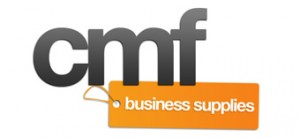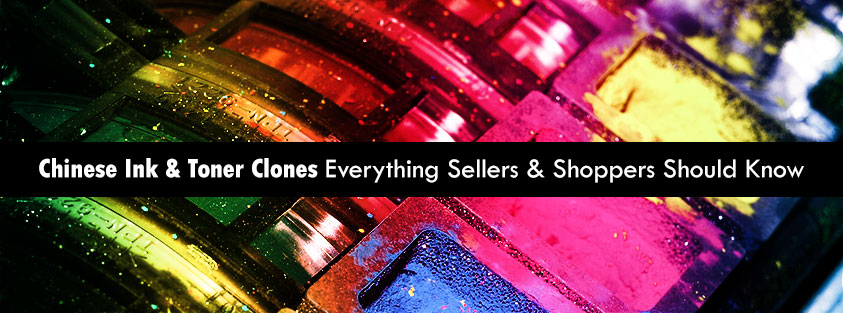Chinese Ink & Toner Clones: Everything Sellers & Shoppers Should Know
Fake Toners Continue to Cause Problems
Earlier this year, we talked about counterfeit ink and toner cartridges, and how they impact online sellers. Over the past year, another issue has come to our attention: the widespread sale of cloned Chinese toners. As these low-cost clones flood online storefronts, it gets much harder for businesses to make sales.
Below you can read about the problems brought up by cloned cartridge sales.
How Chinese Clones Are Made
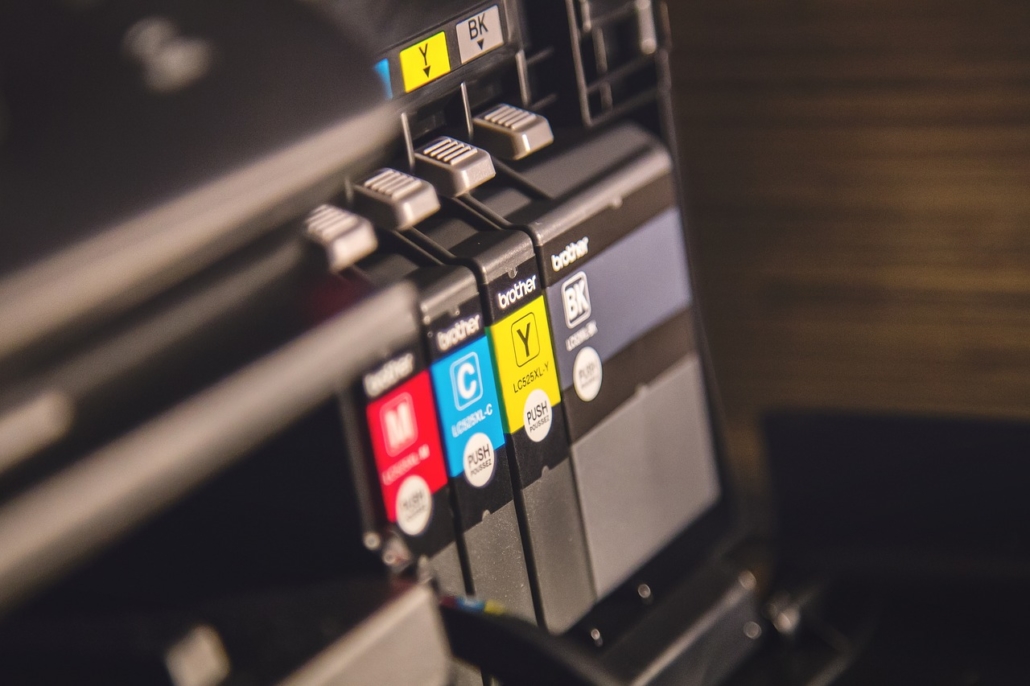
Cloned cartridges are not exactly like remanufactured or counterfeit cartridges. Chinese manufacturers create these clones by purchasing legitimate cartridges. They disassemble them, learn how they are put together, and make their own based on the models they bought.
These Chinese toners often look like official products. The big difference between real and fake cartridges is that the real ones are designed for use with specific devices. They work with compatible printers as part of a dedicated system.
Since clones were not designed this way, working with them can be a gamble.
Why Chinese Clones Spread Fast
Chinese manufacturers have no trouble pumping out cloned toners. This is because they build them using inexpensive materials. They also do not have to spend time making their own designs, since they use designs from other companies.
They also spend little time on quality control, and ship the products out regardless of how well they work. Due to these factors, millions of Chinese clones have flooded eCommerce websites like Amazon. Since they are made on the cheap, the companies can slap low price tags on them.
Issues With Ink and Toner Clones
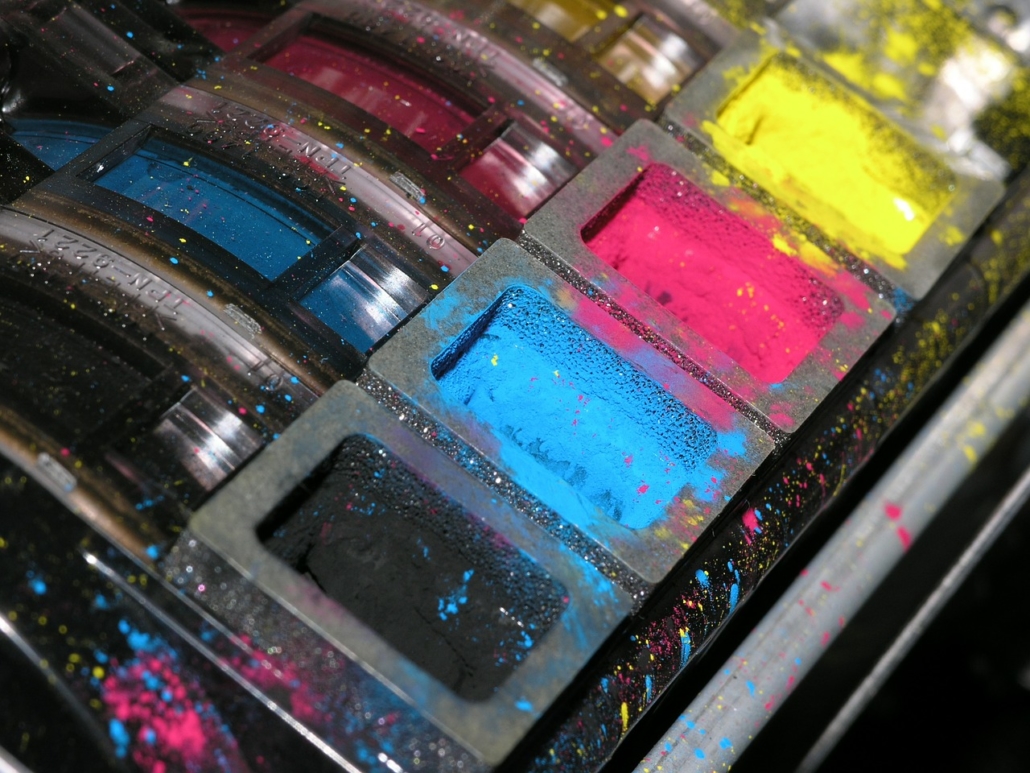
Chinese clones come with several caveats, despite their cheaper price tags. If you spot one of these clones online, here is why you should avoid them.
While the designs of Chinese cartridges are based on existing products, they are never perfect transitions. Many of the seals on these cartridges are not strong, which means leaks are possible. If a leak occurs, the ink or toner will spill out into the printer and damage the equipment inside.
The cartridges also produce a low number of pages, since they have trouble holding the ink and toner. Image quality also takes a hit, since the toner was not designed for any specific printer system. Some cartridges do not even work out of the box.
The Impact on the Industry
Despite these problems, ink and toner clones look like official products and have low price tags. As a result, a lot of consumers will pick them up when they seem them. Similar to the counterfeit cartridges, clones take sales away from legitimate sellers. Smaller companies that rely on the sales of ink cartridges can end up in financial trouble as a result.
Official manufacturers, like HP and Canon, have their own problems to deal with. Chinese manufacturers often use copyrighted logos without permission to make sales. This has turned the situation into a severe legal issue.
Sales of these cloned cartridges also impact the environment. Since Chinese manufacturers do not offer recycling programs, most of their cartridges end up in landfills. As they decompose, excess ink can leak out and pollute the surrounding area.
What Can I Do?
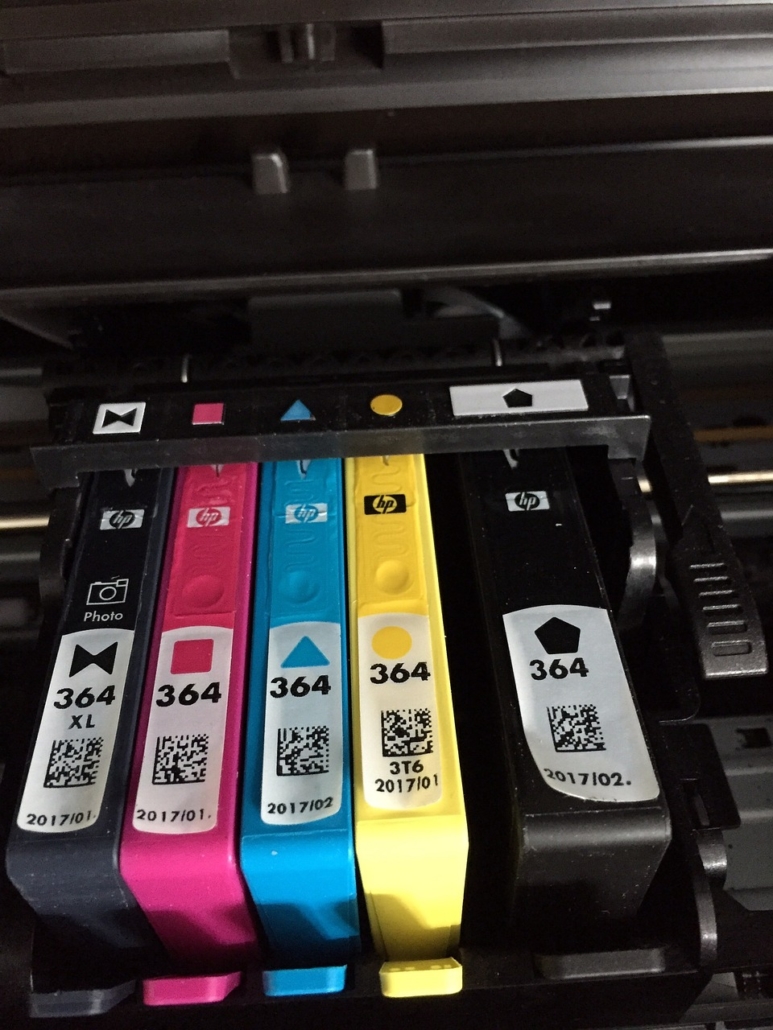
To combat the issue of Chinese clones, there are a few things you can do. First, avoid buying cloned toners of any kind. A low price tag is a dead giveaway, so be careful when you see one on a cartridge pack, even if the manufacturer’s logo is on the box.
Always buy from sellers that carry official products. This ensures you print out high quality documents at your office. Once you are done with them, you can recycle them to reduce the amount of waste that ends up in landfills. Doing your part can help mitigate the impact that Chinese toner clones have on the industry.
CMF offers quality printing supplies and office supplies from official manufacturers.
Want to learn more?
